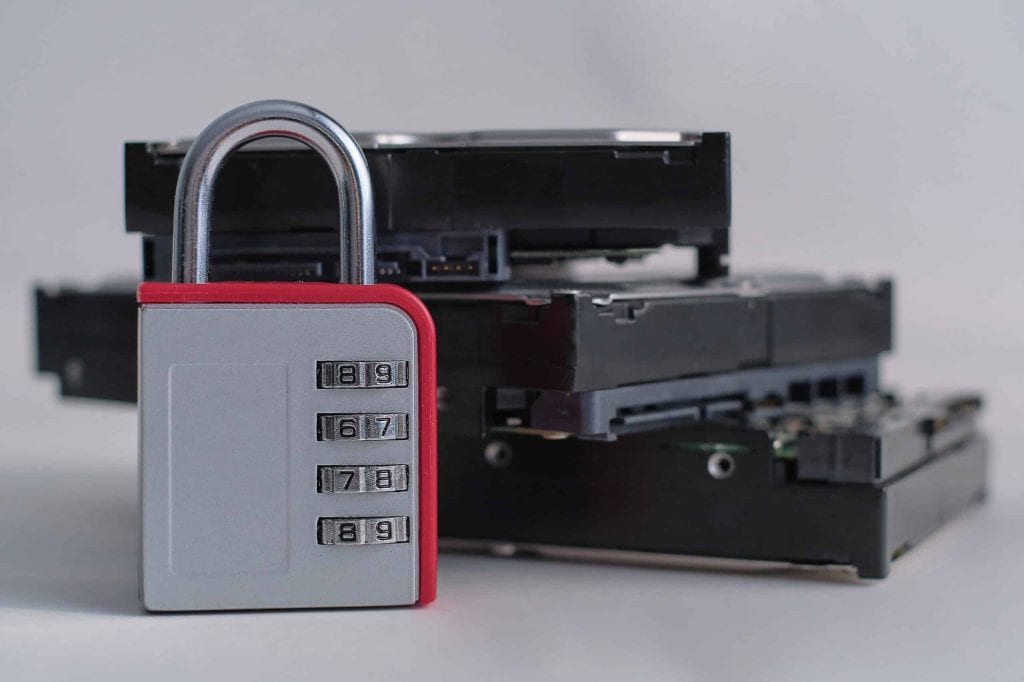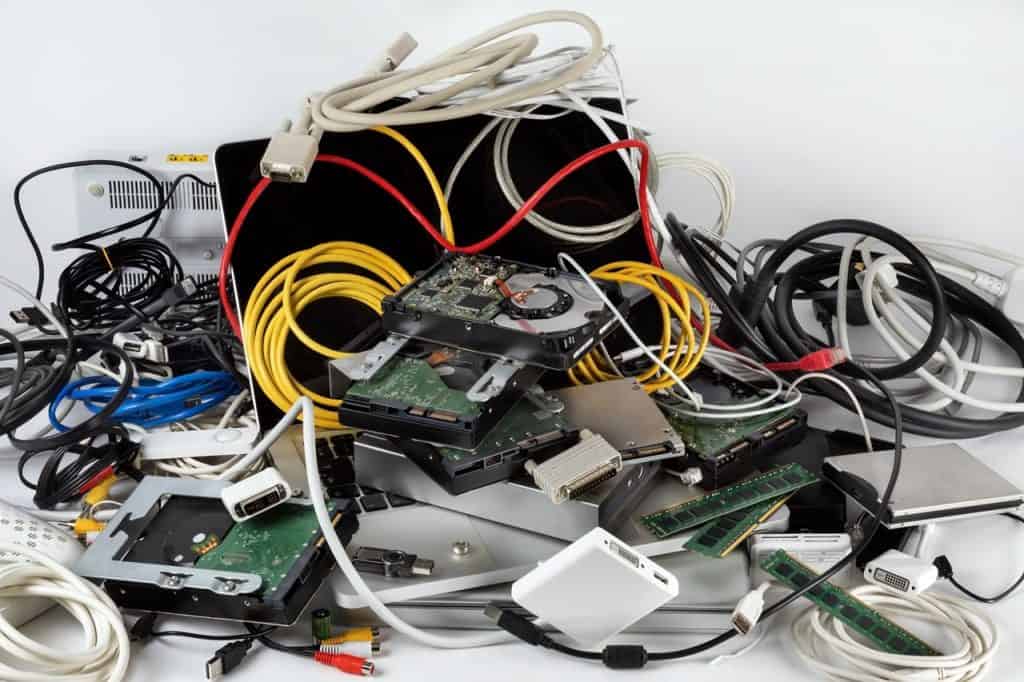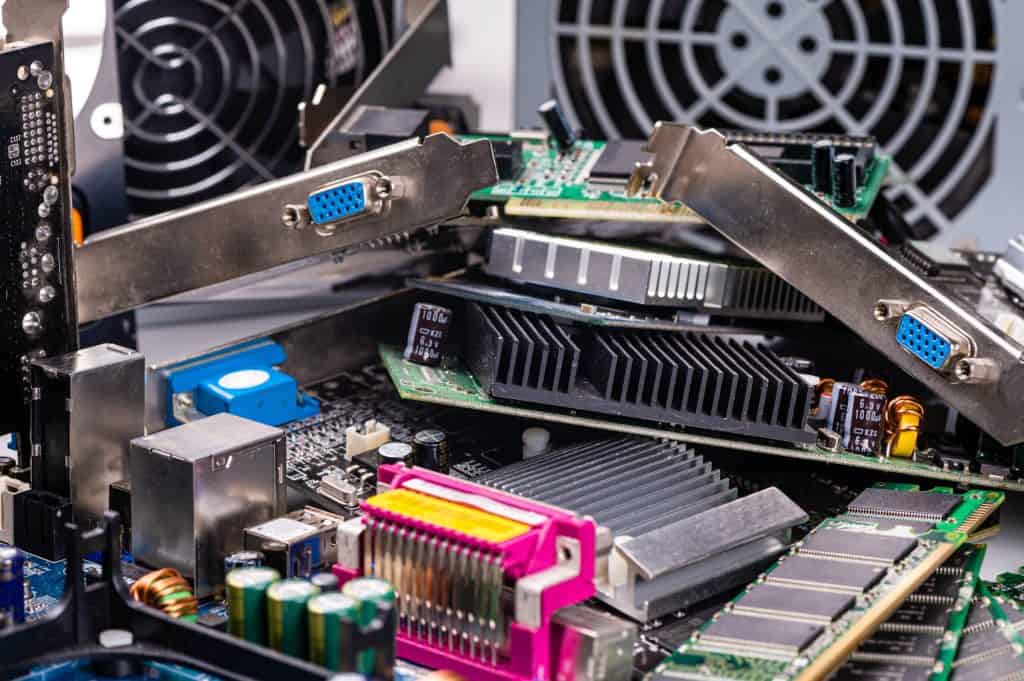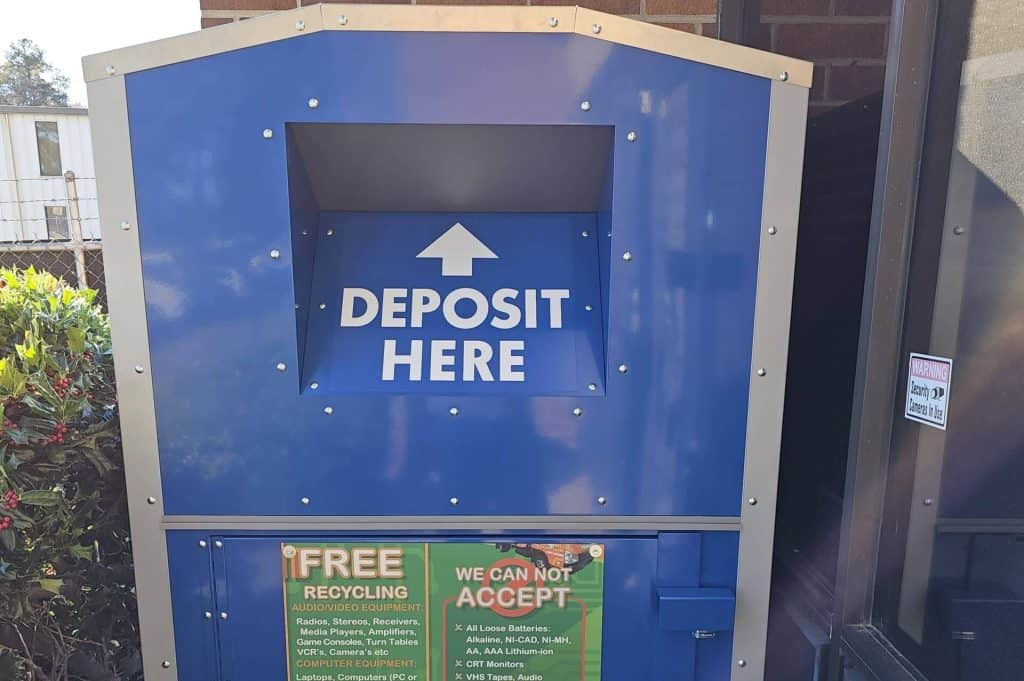Secure data destruction is a crucial aspect of managing digital information. When we dispose of old computers, hard drives, and other electronic devices, we must ensure that the data stored on these devices is destroyed properly. If not, sensitive information can be recovered, leading to identity theft, data breaches, and other serious problems.
Many people don’t realize how easy it is for someone to recover data from discarded devices. Even if files are deleted, they can often be restored using simple tools. Therefore, secure data destruction isn’t just about deleting files; it’s about completely erasing any chance of data recovery. By focusing on secure data destruction, we help safeguard our information and ensure that our electronic waste is handled responsibly.
Understanding the Importance of Secure Data Destruction
Secure data destruction is vital for protecting sensitive information that might be stored on old or unused electronic devices. Simply deleting files is not enough. Deleted files can often be recovered with basic software tools, posing a risk of data theft or misuse.
When we securely destroy data, we ensure that confidential information, such as financial records, personal details, and business secrets, cannot be accessed by unauthorized individuals. This type of protection is crucial for maintaining privacy and complying with data protection laws.
Secure data destruction also helps protect the reputation of businesses and individuals. A data breach can lead to a loss of trust and credibility, impacting both personal and professional relationships. By properly destroying data, we help prevent these negative outcomes and ensure that our discarded devices do not become a source of data leaks.
Different Methods for Secure Data Destruction
There are several effective methods for securely destroying data. Each method has its own advantages and is suitable for different types of electronic devices and data sensitivity levels.
- Physical Destruction: This method involves physically destroying the device that holds the data. Examples include shredding hard drives or smashing them with specialized equipment. Physical destruction makes it impossible to recover any data from the device.
- Data Wiping: Data wiping involves using software to overwrite the existing data on a device with random information. This process is repeated multiple times to ensure that the original data cannot be recovered. Data wiping is often used for devices that will be reused or resold.
- Degaussing: Degaussing uses a strong magnetic field to disrupt the magnetic domains on a storage device, effectively erasing all stored data. This method renders the device unusable but ensures that data cannot be recovered.
- Encryption: Encrypting data before disposal ensures that even if the data is accessed, it cannot be read without the decryption key. This is an extra layer of security, often used in combination with other data destruction methods.
Choosing the right method depends on factors such as the type of data, the media being disposed of, and compliance requirements. By understanding these methods, we can select the most appropriate technique to ensure our data is irretrievably destroyed.
Common Mistakes to Avoid During Data Destruction
Avoiding common mistakes during data destruction is essential to ensure that sensitive information is truly irrecoverable. Here are some mistakes we should watch out for:
- Inadequate Data Wiping: Simply deleting files from a device is not enough. Many people don’t realize that deleted files can often be recovered using simple tools. Always use a reliable data wiping tool that overwrites the data multiple times to ensure it cannot be restored.
- Ignoring Backup Copies: Focusing only on the main device and forgetting about backup copies is a major oversight. Ensure that all copies of the data, including those on external drives, cloud storage, and network servers, are securely destroyed.
- Improper Physical Destruction: Physically damaging a device without using proper methods can leave data intact. Always use certified physical destruction services that can shred or crush the device beyond recovery.
- Incomplete Documentation: Not keeping records of data destruction can lead to compliance issues. Create and maintain documentation that details the methods used, the devices destroyed, and the dates of destruction. This documentation can be crucial for audits and demonstrating compliance with data protection regulations.
By avoiding these common mistakes, we can ensure that our data destruction processes are secure and effective.
Creating a Data Destruction Policy for Your Organization
Creating a data destruction policy helps ensure that all electronic data is handled securely and consistently. Here are some key steps to include when developing your policy:
- Identify Data Types: Start by identifying the types of data your organization handles. This can include personal information, financial records, and business data. Classify data based on sensitivity and retention requirements.
- Choose Appropriate Methods: Select the appropriate data destruction methods for each type of data and device. For example, physical destruction may be best for highly sensitive data, while data wiping might be suitable for devices that will be reused.
- Set Clear Procedures: Establish clear procedures for how data destruction will be carried out. Include details on who is responsible for each step, the tools or services to use, and how to handle backup copies.
- Train Employees: Educate employees about the data destruction policy and the importance of secure data handling. Regular training ensures everyone understands their role in keeping data secure.
- Monitor and Review: Continuously monitor data destruction activities and regularly review the policy to make sure it stays up-to-date with best practices and regulatory requirements.
Having a robust data destruction policy helps protect your organization’s confidential information and ensures compliance with laws and regulations.
Conclusion
Secure data destruction is a critical practice for protecting sensitive information and maintaining compliance with data protection regulations. By understanding the importance of secure data destruction, knowing the different methods available, avoiding common mistakes, and creating a comprehensive data destruction policy, we can safeguard our data effectively. These practices help ensure that confidential information does not fall into the wrong hands and that electronic waste is managed responsibly.
At ReWorx Recycling, we are dedicated to helping organizations implement secure data destruction practices. If you need assistance with secure electronics recycling in Atlanta, contact us today to learn how we can support your needs. Together, we can protect your information and contribute to a more secure environment.




















